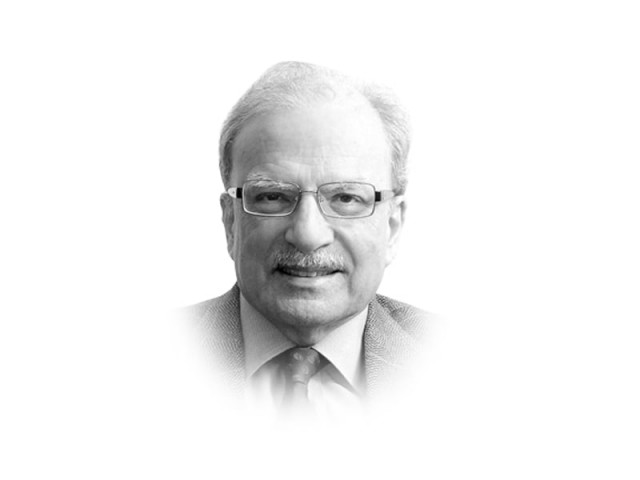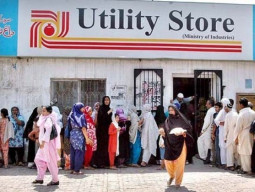
The area from which the TADA will have responsibility has about 13-15 million people, almost equally divided between the Afghan and Pakistani belts. The area in which they live is mostly mountainous with very little land available for cultivation. On the Pakistani side of the border, only eight per cent of the total land can be cultivated. And yet, a recent Asian Development Bank loan has made providing more water through building small dams and improving land productivity the focus of its attention. It is planning to spend $43 million dollars to make this possible.
To quote from the bank’s report: “The project will directly benefit 116,751 households … This will enable them to diversify and intensify agriculture production that will increase household incomes, lifting most of the farming families in the project area above the poverty line and enabling them to become more food secure.”
All this may happen, but it will only preserve the basic social and economic structures of the area. The bank’s report recognises that the basic mores of the society are hard to change. It does this by discussing the impact of the project on the area’s women. “The gender analysis and consultations indicate that the culturally restricted role of women in farm management in Fata limited the scope to include gender design features in the project.” This, I maintain, is a defeatist approach to development; one that will have to change once the TADA begins its operations.
Another report: this one from the government of Pakistan, provides a more measured description of the problems faced by the people living in the tribal areas. “There are few livelihood opportunities available to the people. The local community is chiefly pastoral with agricultural and livestock rearing or small-scale business conducted locally. Others are involved in trade within the tribal belt or with down-country markets. Women take an active part in agricultural activities, collect fuel and fetch water, besides attending to household work and family duties. With few industries and only limited unorganised mining in some areas, many seek employment as short-term unskilled labourers, or enlist in local security and paramilitary forces.” The state of the economy and society on the Afghan side is much the same as described above for Pakistan.
What this description of the state of the economy in the tribal belt suggests is that a plan aimed at sustained development cannot rely on the sectors of agriculture and livestock as is the case with most other developing economies. A focus on agriculture — given the small amount of land available in the area — will not work and certainly not for producing enough food to feed the growing population.
Before the Soviet Union’s invasion of Afghanistan in 1979, a large number of pawindas (nomads) used to come down from the mountains of the tribal areas and into the planes of Punjab to feed their animals. Agriculture and a livestock-based economy was not sustainable then and is not sustainable now either, especially when the population of the area is significantly larger. An appropriate strategy for the development of the tribal belt must therefore focus on other determinants of economic growth and social advance. The TADA, were it to be created, will have to ply a different course. A paradigm shift will be needed with focus on the region’s other abundant resource — its large, growing and young population. Such a strategy will require not only a significant rethinking of the traditional development model but also the development of a new set of institutions that could support it. The creation of the TADA is not the only institutional innovation needed. Several other institutional mechanisms would also be required.
Published in The Express Tribune, March 16th, 2015.
Like Opinion & Editorial on Facebook, follow @ETOpEd on Twitter to receive all updates on all our daily pieces.













COMMENTS
Comments are moderated and generally will be posted if they are on-topic and not abusive.
For more information, please see our Comments FAQ